When it comes to seafood, you may have heard the terms crayfish and crawfish tossed around—sometimes even in the same sentence! While these two terms often seem interchangeable, they actually hold different meanings depending on where you are, and there are some distinctions worth knowing. Here’s a breakdown to help you understand the differences (and similarities!) between crayfish and crawfish.
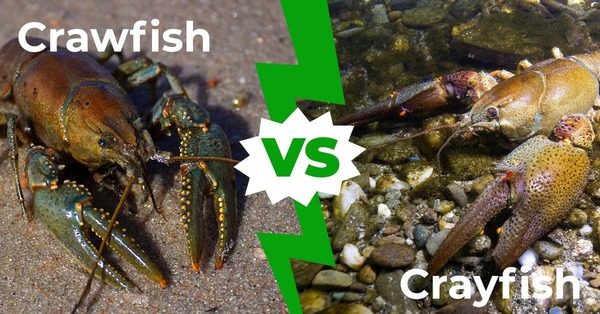
Both crayfish and crawfish are freshwater crustaceans that resemble miniature lobsters, with hard shells, large claws, and a taste similar to lobster or shrimp. They live in rivers, streams, and lakes, and they thrive in environments with slow-moving, fresh water. So, despite different names, crayfish and crawfish are scientifically the same species, falling under the same genus Procambarus and the family Cambaridae.
The short answer is: not much biologically—the difference is mostly regional and linguistic.
Crayfish is the term commonly used in the Northern and Western United States, as well as other English-speaking countries, like the United Kingdom and Australia. It is also the most commonly used term in academic and scientific literature.
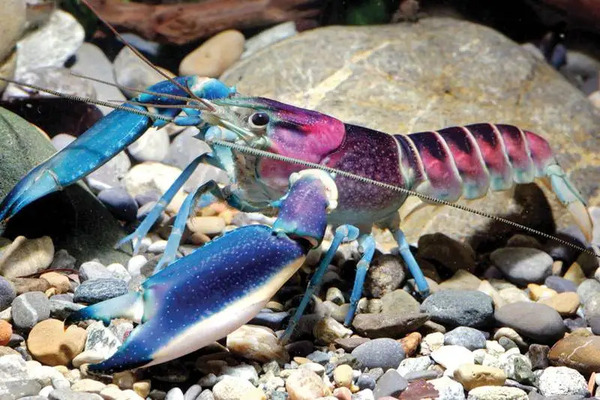
Crawfish, on the other hand, is the preferred term in the Southern United States, especially in Louisiana, where crawfish have a significant cultural and culinary presence. You’ll see the term “crawfish” prominently in Cajun and Creole cooking and festivals dedicated to this seafood.
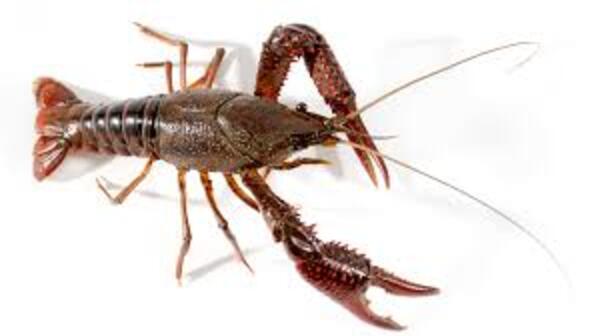
There’s also "crawdad," a term you might hear in regions like the Midwestern United States. This term is less common, but you may still hear it depending on where you are in the U.S.
So, whether you say crayfish, crawfish, or crawdad, it’s all about location and tradition.
Because crayfish and crawfish are the same species, they share the same physical and biological characteristics:
Size: Typically range from 3-6 inches long, although some species can be larger.
Color: Can vary, but usually a brownish-green or red in the wild. When cooked, most turn bright red.
Lifespan: Live for around 3-8 years in the wild, though their life expectancy can vary.
Diet: Both are omnivores, eating plant matter, insects, and small fish.
Habitat: Prefer slow-moving freshwater like rivers, streams, and ponds.
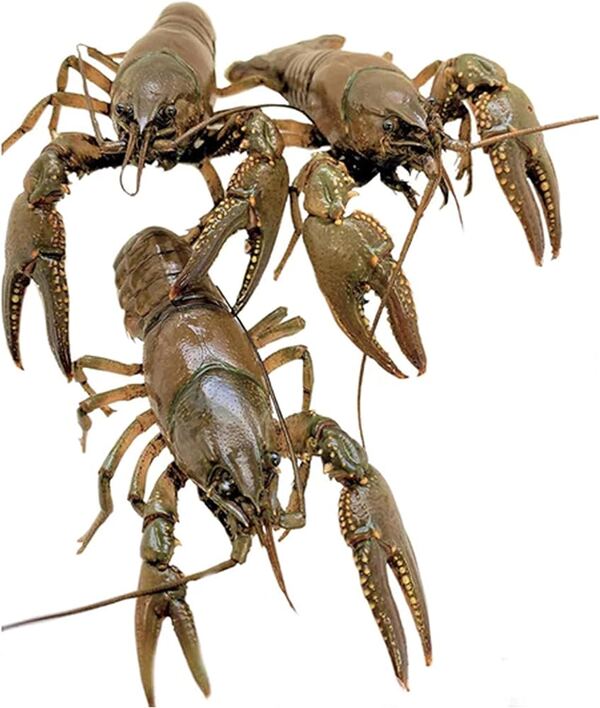
Whether called crayfish or crawfish, these little crustaceans are enjoyed in cuisines worldwide. However, their cultural and culinary significance is especially notable in Southern U.S. cuisine, particularly Cajun and Creole dishes in Louisiana. Some classic recipes include crawfish étouffée, crawfish boil, and crawfish bisque. The tail meat is most commonly eaten, though the shells can be used to make rich broths and sauces.
In other parts of the world, such as France and Sweden, crayfish are also popular. France has its own crayfish dishes, and in Sweden, there’s even an annual celebration called the Kräftskiva, or crayfish party, where locals feast on these delicacies.
Crayfish (or crawfish) are a lean, low-calorie protein source. A 3.5-ounce (100-gram) serving of cooked crayfish provides approximately:
Calories: 70
Protein: 14 grams
Fat: 0.9 grams
Carbohydrates: 0 grams
They’re also rich in essential vitamins and minerals, like vitamin B12, zinc, and iron, making them a healthy addition to various dishes.
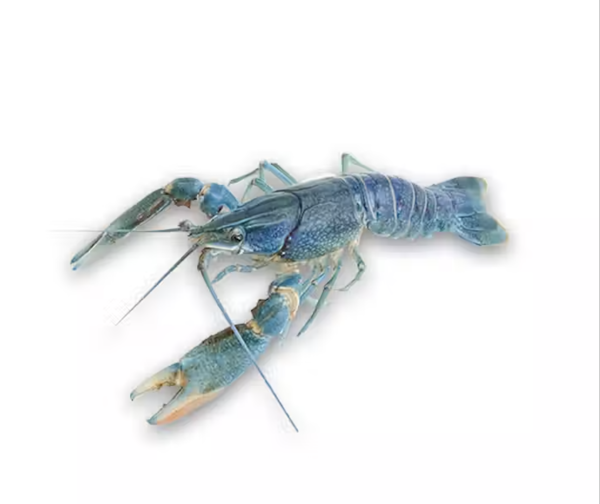
Species Diversity: There are over 500 species of crayfish worldwide, with most of them found in North America.
Burrowing: Some species of crayfish burrow into mud or sand for shelter and can survive in semi-dry environments.
Molting: Crayfish molt, or shed their exoskeleton, as they grow—a process that can happen multiple times in their lifetime.
Historic Importance: Archaeological evidence shows that indigenous people in North America have been harvesting crayfish for thousands of years.
Here’s a quick summary table to clarify the differences and similarities between crayfish and crawfish:
| Feature | Crayfish | Crawfish |
|---|---|---|
| Name Origin | Preferred term in Northern/Western U.S. and internationally | Used predominantly in Southern U.S., especially Louisiana |
| Biological Difference | None – they are the same species | None – they are the same species |
| Habitat | Freshwater (rivers, lakes, streams) | Freshwater (rivers, lakes, streams) |
| Culinary Role | Eaten in various global cuisines (e.g., French, Swedish) | Integral to Cajun and Creole cooking, like crawfish boils |
| Size | 3-6 inches on average | 3-6 inches on average |
| Diet | Omnivorous (plants, small fish, insects) | Omnivorous (plants, small fish, insects) |
| Alternative Names | Crawfish (Southern U.S.), Crawdad (Midwest) | Crayfish (scientific/academic term) |

The difference between crayfish and crawfish may seem confusing at first, but once you know the regional context, it all makes sense! While these terms are often used interchangeably, each reflects a unique cultural and culinary background.
So, next time you’re in Louisiana and see a crawfish boil on the menu, dive in and enjoy. And if you’re in the Midwest or West Coast, feel free to order up some crayfish without any hesitation—because in the end, they’re delicious no matter what you call them!
animal tags: crayfish crawfish
We created this article in conjunction with AI technology, then made sure it was fact-checked and edited by a Animals Top editor.